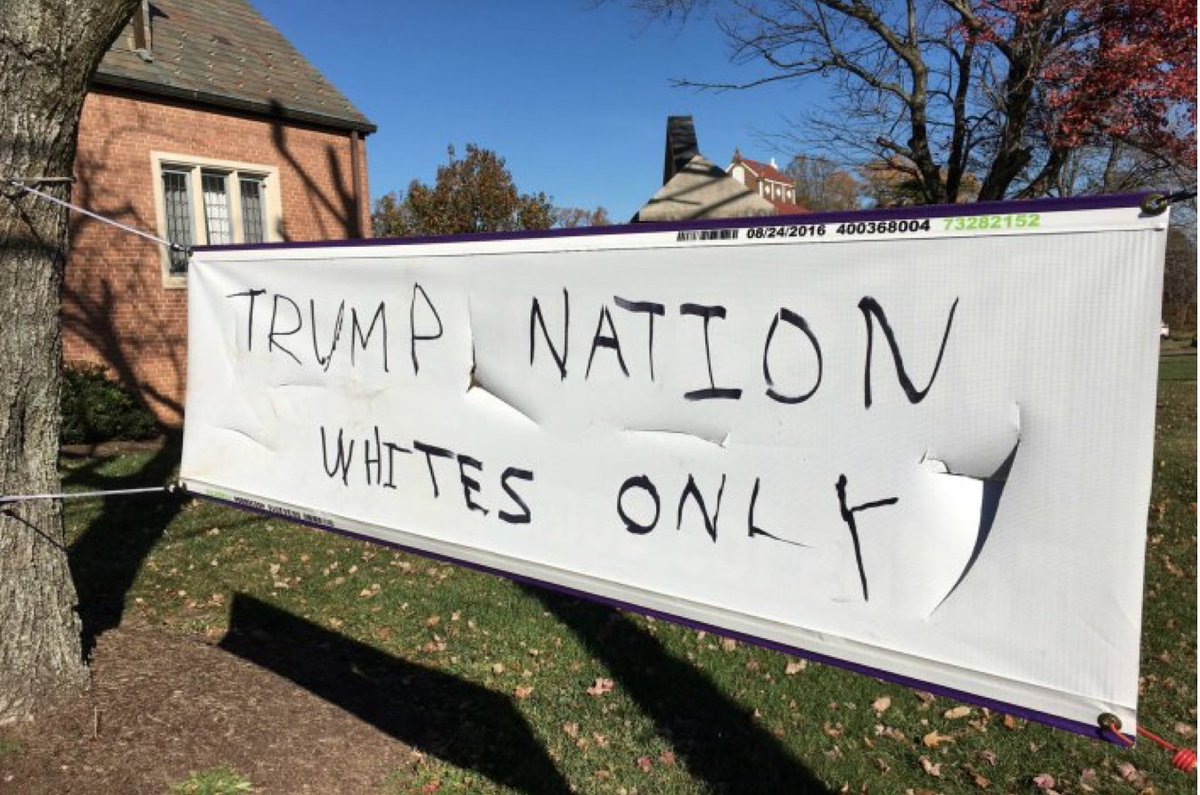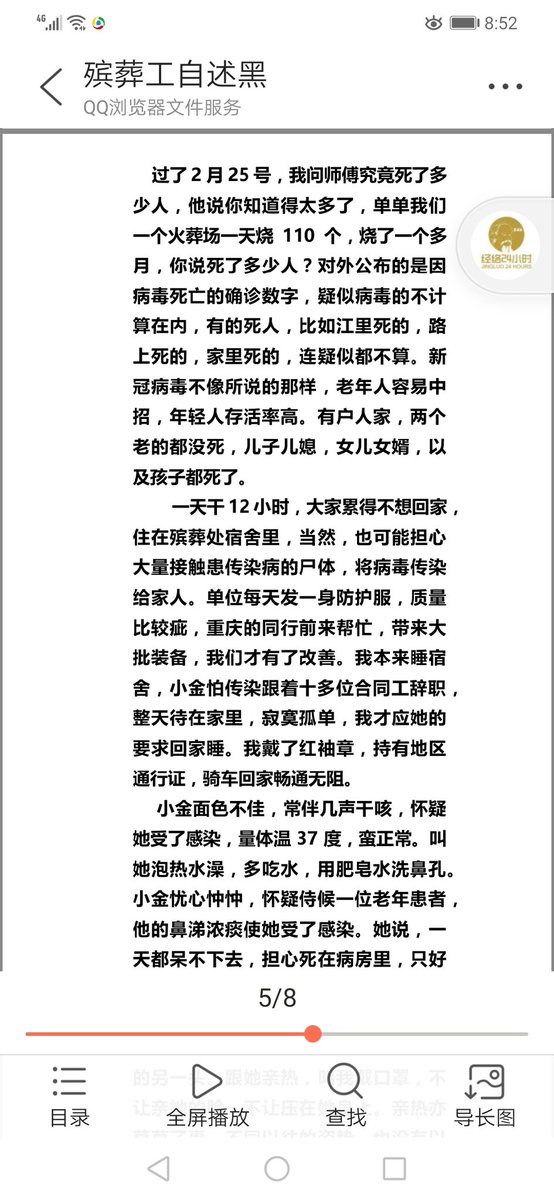Considering how much I have valued @skstock's help and advice, I was confident it would be at least that, probably more.
1/ For anyone who is on the fence about @growclass, I remember the exact moment I was sitting in my car in the parking lot on September 9th, 2020 calculating on the phone what the ROI would need to be for me to join the program.
Considering how much I have valued @skstock's help and advice, I was confident it would be at least that, probably more.
25 * $250 = $6,250
1. "How many extra sales will I need over the next 12 months to pay off the cost of this program?"
2. "Do I think that this program will do at least that?"
Instead of:
❌ 11 students X $250 = $2,750 revenue
❌ 25 X $250 = $6,250 revenue (Sarah's goal for me)
I landed 11 students in my very next cohort
✅ 11 students X $650-750 = $7000+
Mind you that is in 2-3 months instead of my 12 month goal.
Is it going to be worth it for you? Maybe. Do the math, see if it adds up and make a calculated decision for yourself if it makes sense.
This shouldn't feel like a roll of the dice. ❤️
Make your 2021 kick 2020s butt!
https://t.co/6eICrvoQcE
More from Finance
Rule 4 : If buying a naked option, always ensure that implied volatility is low. This can be understood from the level of IV vis a vis historical IV levels. Use IVR or IVP etc.
For a naked option to make money, it's better if IV rises or at least stays flat.
This is a thread I wrote on IV, IVR etc
For a naked option to make money, it's better if IV rises or at least stays flat.
Rule 3 : DO NOT run or trade everything that moves. Focus on a few stocks and master them. When a move comes, make the max out of that move.
— Subhadip Nandy (@SubhadipNandy16) October 14, 2021
Example : in this crazy mkt, I did not even trade TataMotors this week. Stayed focussed on ITC and it gave good returns https://t.co/41wkugZg1I
This is a thread I wrote on IV, IVR etc
IV - A thread
— Subhadip Nandy (@SubhadipNandy16) September 20, 2018
In financial mathematics, implied volatility of an option contract is
that value of the volatility of the underlying instrument which, when
input in an option pricing model ) will return a theoretical value equal to the current market price of the option (1/n)




























